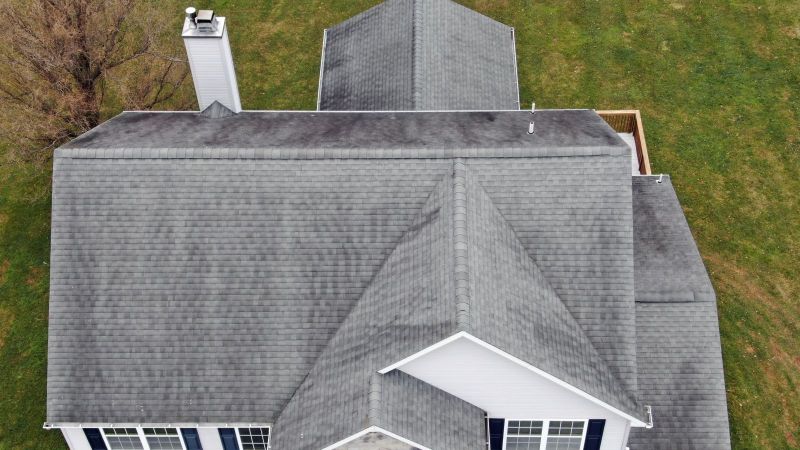When it comes to roofing underlayment, there are two main types to choose from: synthetic and felt. Both options have their own set of advantages and disadvantages, and it's important to understand the differences between the two to make an informed decision about which type of underlayment is best for your roofing project. In this article, we'll explore the pros and cons of synthetic and felt roofing underlayment.
Synthetic Roofing Underlayment: Pros & Cons
Synthetic roofing underlayment is a relatively new product that has gained popularity in recent years. It's made from a variety of materials, including polypropylene, polyester, and fiberglass, and is designed to be more durable and longer-lasting than traditional felt underlayment.
Pros:
Durability: One of the main advantages of synthetic underlayment is its durability. It's resistant to tears, punctures, and other types of damage that can occur during installation or severe weather events.
Water Resistance: Synthetic underlayment is also more water-resistant than felt underlayment, which means it provides better protection against leaks and water damage.
Lightweight: Synthetic underlayment is typically lighter than felt underlayment, which can make it easier to install and handle on the job site.
UV Resistance: Some synthetic underlayment products are also UV-resistant, which means they won't break down or degrade over time when exposed to sunlight.
Cons:
Cost: Synthetic underlayment is generally more expensive than felt underlayment, which can make it a less attractive option for budget-conscious homeowners or contractors.
Slipperiness: Synthetic underlayment can be more slippery than felt underlayment, which can make it more difficult to walk on during installation.
Moisture Trapping: In rare cases, synthetic underlayment can trap moisture between the underlayment and the roof deck, which can lead to mold or rot.
Felt Roofing Underlayment: Pros & Cons
Felt roofing underlayment has been used for decades and is a traditional choice for many roofing contractors. It's made from organic materials, typically a blend of wood pulp and recycled paper, and is coated with asphalt or other waterproofing materials.
Pros:
Cost: Felt underlayment is generally less expensive than synthetic underlayment, which can make it a more attractive option for homeowners or contractors on a tight budget.
Slip Resistance: Felt underlayment is typically less slippery than synthetic underlayment, which can make it easier to walk on during installation.
Moisture Absorption: Felt underlayment can absorb moisture, which can help prevent moisture from getting trapped between the underlayment and the roof deck.
Cons:
Durability: Felt underlayment is generally less durable than synthetic underlayment and can be more susceptible to tears, punctures, and other types of damage.
Water Resistance: Felt underlayment is typically less water-resistant than synthetic underlayment, which means it may provide less protection against leaks and water damage.
Weight: Felt underlayment is typically heavier than synthetic underlayment, which can make it more difficult to handle and install on the job site.
Environmental Impact: Felt underlayment is made from organic materials, which means it can be more prone to mold or rot and can also have a higher environmental impact than synthetic underlayment.
Choosing the Right Underlayment for Your Roofing Project
When it comes to choosing the right underlayment for your roofing project, there is no one-size-fits-all solution. The choice between synthetic and felt underlayment will depend on a variety of factors, including your budget, the climate in your area, and the specific needs of your roofing project.
For example, if you live in an area that experiences extreme weather conditions, such as heavy rain, wind, or snow, you may want to consider synthetic underlayment for its superior durability and water resistance. On the other hand, if you're working on a roofing project with a tight budget, felt underlayment may be the more cost-effective option.
It's also important to consider the specific requirements of your roofing system. Some roofing manufacturers may recommend or require the use of a specific type of underlayment to ensure the best performance and longevity of the roof.
Ultimately, the decision between synthetic and felt roofing underlayment will come down to a variety of factors, and it's important to work with an experienced roofing contractor to determine the best option for your specific project.



